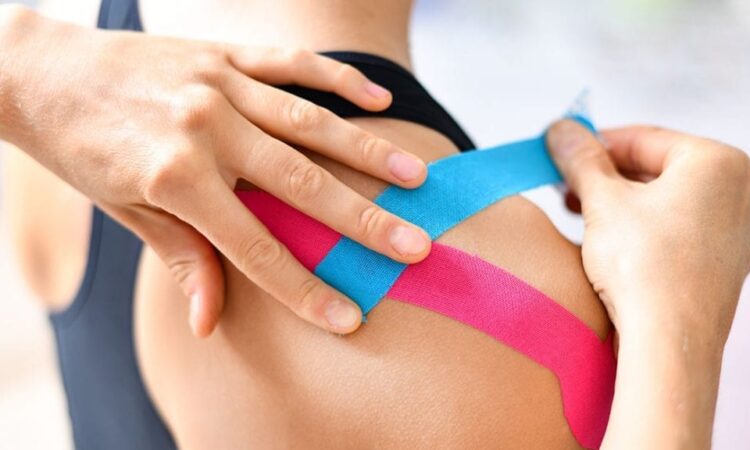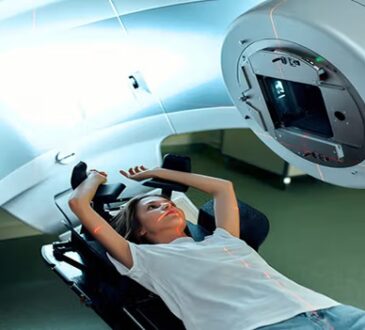
No sports activity can take place without the occurrence of injuries. Therefore, dealing with and taking care of injuries is an essential part of being an athlete. This is important to avoid recurring injuries, learn how to protect yourself, and prevent future injuries. Continue reading to learn more about sports injuries in Lawrenceville and how to deal with various types of sports injuries.
What you need to know concerning Sports Injuries
Sports injuries are typically a result of direct impact, overuse, or application of force that is too much for a body part to withstand structurally. There are two main types of sports injuries, i.e., chronic and acute. An acute injury occurs suddenly, like a sprained ankle resulting from an awkward landing.
Chronic injuries result from repeated overuse of joints or muscle groups. They may also develop due to structural abnormalities or poor technique. More investigative tests are required to ascertain the exact injury to avoid misdiagnosis and wrongful treatment plans that may be more harmful than helpful.
Types of Sport Injuries
Some of the common sports injuries include:
- Concussion
This is a mild reversible injury to the brain from a blow to the head whose symptoms include headache, loss of consciousness, short-term memory loss, and dizziness.
- Ankle Sprain
Symptoms include swelling, pain, and stiffness.
- Cuts and Abrasions
The hands and knees are mainly prone and are caused by falls.
- Bruises
These are small bleeds into the skin caused by blows.
- Groin Strain
Characterized by swelling and pain.
- Dehydration
Heatstroke and exhaustion can result from losing too much fluid.
- Hamstring Strain
Bruising, pain, and swelling are significant symptoms.
- Dental Damage
Teeth can break, crack, or get dislodged by a blow to the jaw.
- Nose Injuries
A direct blow can cause a bloody or broken nose.
- Knee joint Injuries
Tendons, cartilage, and ligaments can be affected by stiffness, pain, and swelling.
- Stress Fractures
Running on a hard surface can cause stress and crack bones, especially lower limbs.
First aid for strains, sprains, and joint injuries
Immediate treatments for strains, sprains, and joint injuries include:
- Rest- avoid using the injured area and keep it supported
- Ice- Apply ice on the affected area every 20 minutes every two hours
- Compression- put a firm elastic bandage over the site above and below the painful part
- Elevation- the injured area should be raised above the heart at all times
- Avoid running, which increases blood flow, delaying healing
- Avoid heat as it will increase bleeding
Treatments for Sports Injuries
Your medical practitioner will determine the treatment plan depending on the severity and type of injury. Physiotherapy helps to rehabilitate the affected area and, depending on the injury, may include exercises to promote flexibility and strength. Surgery may be required for severe injuries, and corrective measures must be taken.
Sports injuries are expected by athletes as sports may be their main life activity. Injury management and qualified medical staff are essential for athletes so they may be able to bounce back from their injuries and continue participating in their respective sports. Check out our website below or call our offices in Raritan, NJ, for consultation.




